A hotel management graduate from WGSHA Manipal, Mathew entered the restaurant space after graduating in 2012. He spent a few years working in Bangalore in restaurants such as Tuscana, and a few in Chennai before he started his own burger joint Brick House Bistro in an apartment in Anna Nagar. His successful ventures in the past made people inquire him about setting up a restaurant, franchising, etc. Later, he sold the Brick House Bistro and started his own consultancy company, Grub Food Company – Hotel & Restaurant Consultants, in 2016 to assist people.
Grub Food Consultancy has helped in setting up restaurants in Chennai, Bangalore, Kochi, Coimbatore, and Malaysia ever since.
In Conversation With Yeshvin Mathew of Grub Food Company
In an exclusive conversation with The Restaurant Times, Yeshvin Mathew talks about the major challenges faced in this industry, deciding the concept of your restaurant and the upcoming food trends that are defining the restaurant industry.
Major Challenge In The Foodservice Industry
Standing out from the crowd is one of the major challenges that restaurants face due to increasing competition in the FnB space. To cut through the competition, successful restaurants are able to differentiate themselves by specifying what makes them better.
According to Mathew, Labor remains the number one problem for the restaurant industry. There is a shortage of skilled staff and staff attrition is extremely high. This makes staff management one of the most integral aspects of running a successful restaurant business.
There are some options for effective labor retention, first, double-down on creative strategies for finding and retaining the most talented people. Hiring the right people is critical since your staff is the face of your restaurant business.
Secondly, investing in technology solutions such as Self-ordering Kiosks, Kitchen Display Systems, Tablet Menus, etc is a good way to reduce the dependency on manual labor.
Deciding The Concept Of Your Restaurant
A restaurant concept is an overall idea or theme that defines the restaurant. Concepts include the menu’s design, service style, dining room decor, and the style of food. With the increasing trend of consumers trying out new things and looking for authentic and regional cuisines, heritage, local ingredients, traditions, or family have become great sources of inspiration for restaurant concepts.
According to Mathew, the first step of deciding the concept of your restaurant is finding the target market. No matter what shape your business takes, the products you sell and your concept should have a clear target audience, which should be specific to the age and income ranges.
The second step is researching the competitors. Questions like: ‘What types of restaurants are already well established in your area’, ‘Are there restaurants already serving what you are going to offer’, help you analyze your competition. If your concept isn’t different from the competition, how are you going to stand out from the rest? However, this does not mean that you decide the concept and choose a location that doesn’t have any competition, as it will result in a lack of footfall.
“Do not take risk of going to a marketplace which does not have any competitors just because you think it will work. If you open up a joint at a market area which is already saturated and has enough competition, and if your joint works there, you are already beating them,” says Mathew.
Upcoming Trends In The Food Industry
The Indian foodservice sector has witnessed many new changes and is going through a revolution when it comes to new and exciting food trends. Just like in any art form, trends in the culinary world are constantly shifting to reflect the ever-changing interests and needs of people. Keeping up with these trends for important to restaurant owners, chefs, and really anyone working in the foodservice industry to be able to cater to them.
In the last ten years, Mathew has seen trends evolve and fade. However, the restaurant industry, like the minds of the consumers, is quite fickle. These trends are in general popular for a maximum period of two years. Concepts like donut outlets, cold stone ice cream stores, waffle store, milkshake outlets have gained popularity in recent years.
The current trending food in the food business is Progressive Indian Food and Pan Asian Food.
People are more inclined towards ethnic food nowadays. It is expected that food from states such as Kerala, Tamil Nadu, and Kashmir will flood the Indian restaurant market. More and more restaurants will come up focusing on cuisines from the North East, Odisha, Chhattisgarh and Himachal Pradesh.
The rise of Pan Asian-flavours from not just China and Hong Kong but Japan, Thailand, Vietnam, Korea, Burma et al- has been the single most dominant food trend in India for the last three-four years. Earlier it was expensive to buy Pan Asian food such as Sushi, which was priced at Rs 800 earlier and now it is easily available at Rs 400.
Maintaining The Consistency In Food
The USP of a successful restaurant is usually the taste of a particular signature dish. When a restaurant expands and opens a second or third outlet, the taste is often not the same. Inconsistency in taste is the major reason other branches of popular restaurants often fail and shut down.
According to Mathew, the consistency of the food is really important in order to run a successful restaurant. Usually, restaurants in India are not consistent with their food. When an outlet is new, they are consistent with the food, and over time, they do not keep up with the standards and the consistency drops. ‘It is important to have Standard Recipes and SOPs to maintain the consistency in the product that helps you deliver the same great food to customers and keeps them loyal to your brand,’ says Mathew.
Importance Of Menu Engineering
Another important aspect to consider is the pricing of menu items. Establishing food prices is an important activity that requires research, calculations, and evaluation of the market. The restaurant managers should use the reasonable price method to determine prices so that it is affordable for the customers as well. The menu should also be updated once a year. Menu innovation means analyzing the menu, eliminating the dishes that do not sell, improving the design towards the dishes that do sell and adding new dishes to your restaurant menu.
Mathew concludes the conversation by saying that it takes a lot of hard work and dedication to run a successful restaurant. It is essential to take care of minute things to ensure that your customers have a great experience. The interiors, ambiance, food, and service, all contribute towards the success of your business.


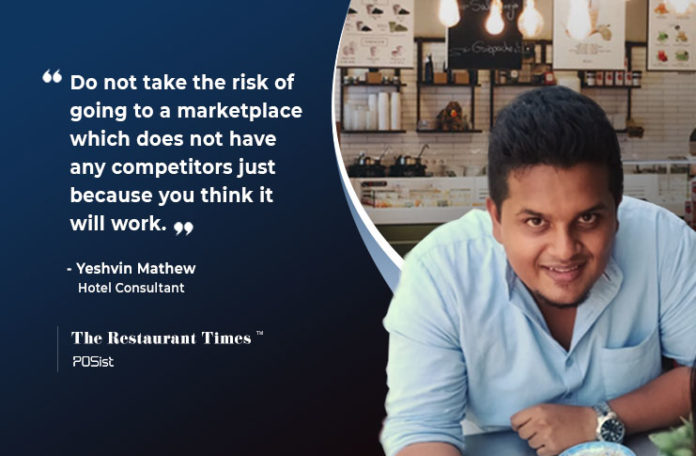
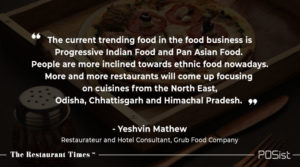











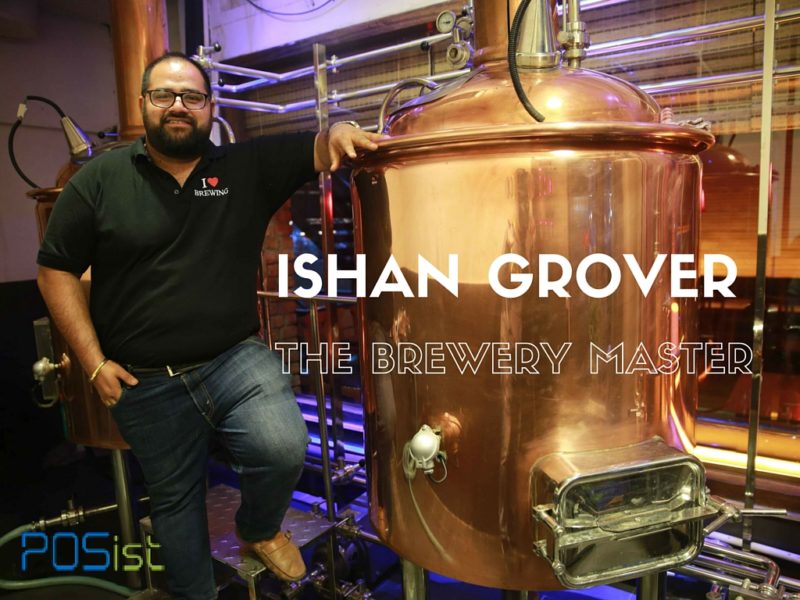
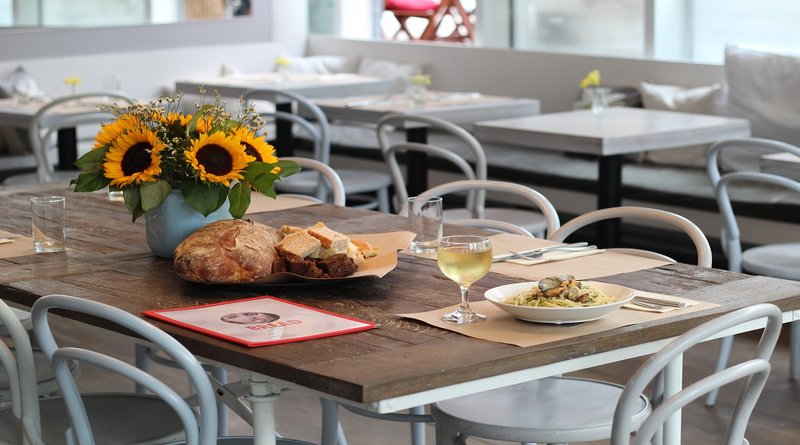

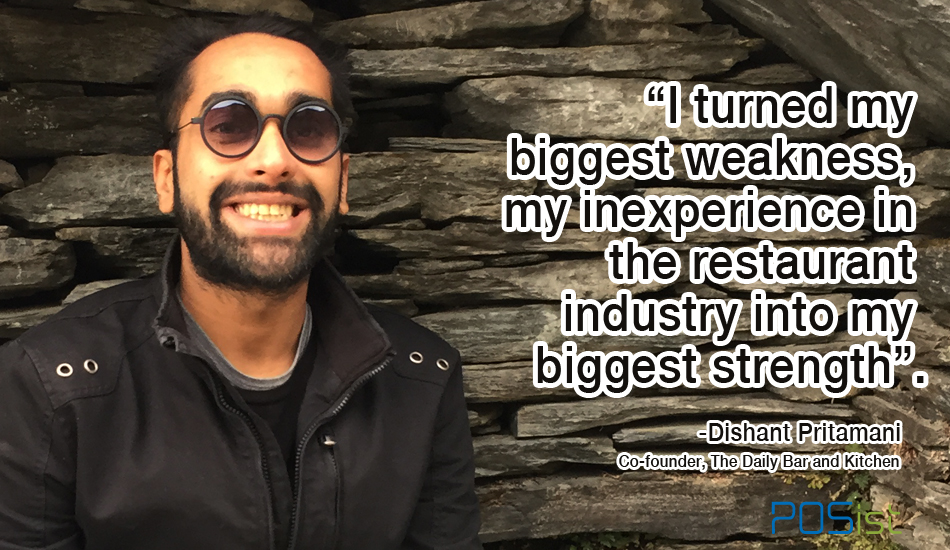
A helping hand during set up time is what any entrepreneur looks for . Often the enthusiasm overlooks the market forces and money wisely spent and capitalizing on the potential market will be the key to its survival. Yeshwin you sure can make a difference .. all the best .